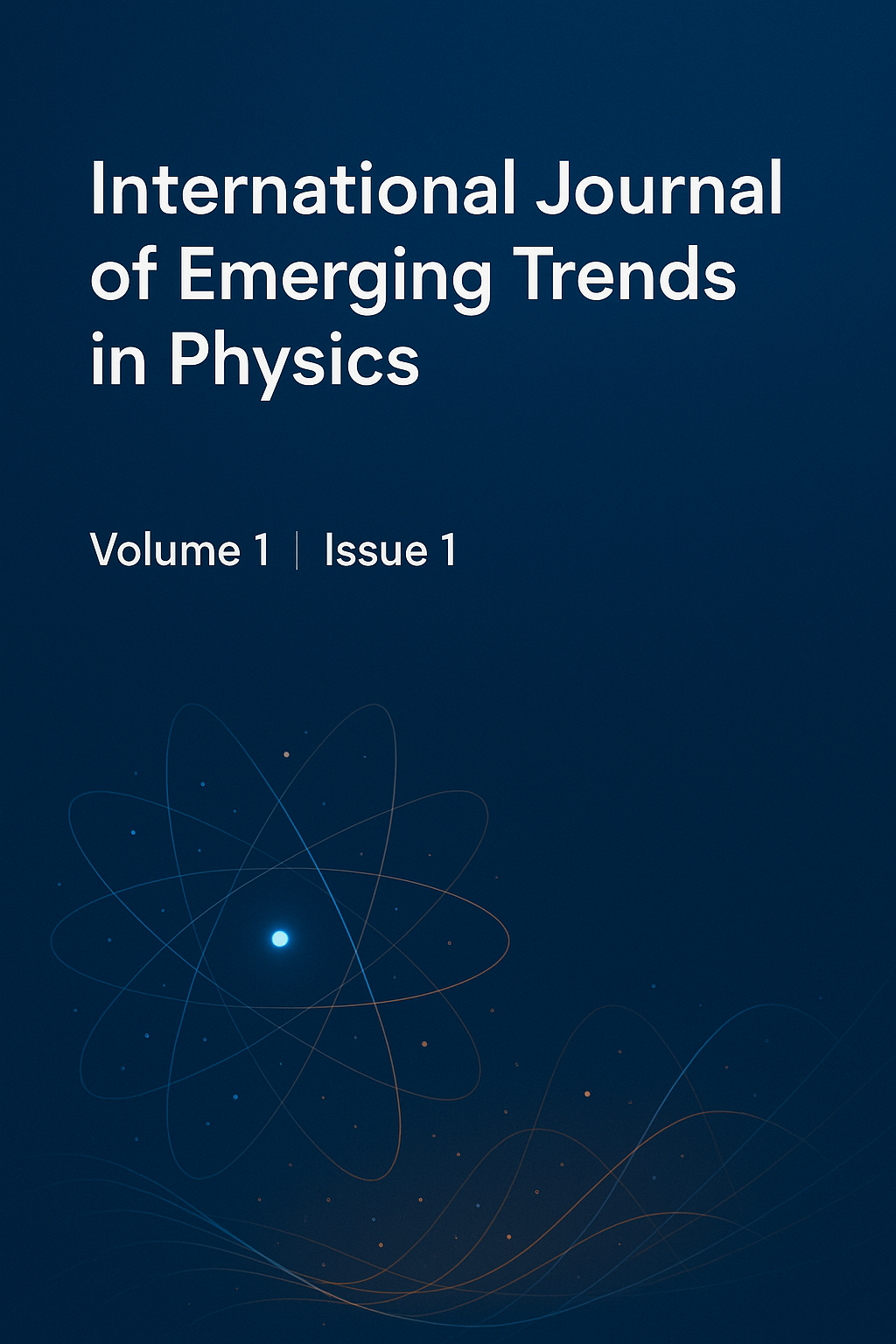Laser-Induced Plasma Spectroscopy for Elemental Analysis: Techniques and Challenges
Keywords:
Elemental analysis, Laser-Induced Breakdown Spectroscopy (LIBS), Laser-Induced Plasma Spectroscopy (LIPS), Plasma emission, Spectral interference, Spectroscopy techniques, Calibration, Analytical challenges, Material characterization, In-situ analysisAbstract
Laser-Induced Plasma Spectroscopy (LIPS), also known as Laser-Induced Breakdown Spectroscopy (LIBS), has emerged as a powerful analytical technique for rapid, in-situ elemental analysis across various scientific and industrial fields. The technique involves focusing a high-energy laser pulse onto a sample surface to generate a plasma, which emits characteristic light signals corresponding to the elemental composition of the sample. This paper presents a comprehensive review of the fundamental principles, state-of-the-art techniques, and recent advancements in LIPS for elemental analysis. It further discusses the methodological aspects including plasma generation, spectral acquisition, and data processing approaches. Challenges such as matrix effects, spectral interferences, calibration difficulties, and sensitivity limitations are critically analyzed. Experimental results highlighting the capabilities and limitations of LIPS in different material matrices are also presented. The paper concludes by outlining potential future research directions aimed at enhancing analytical accuracy, detection limits, and expanding the application scope of LIPS in environmental monitoring, material science, and industrial quality control. Through this synthesis, the paper aims to provide researchers and practitioners with a detailed understanding of the current status and emerging trends in laser-induced plasma spectroscopy.

